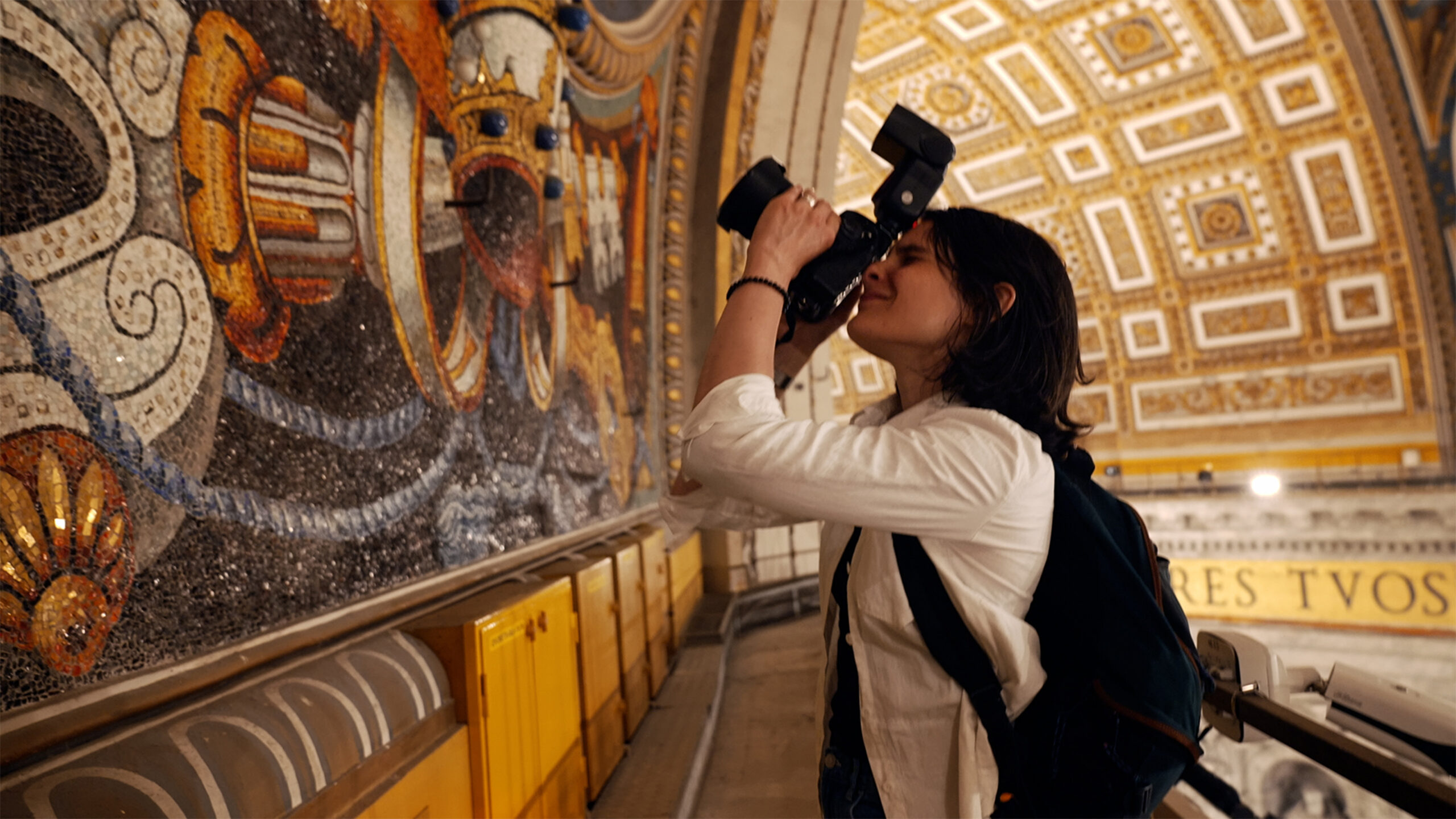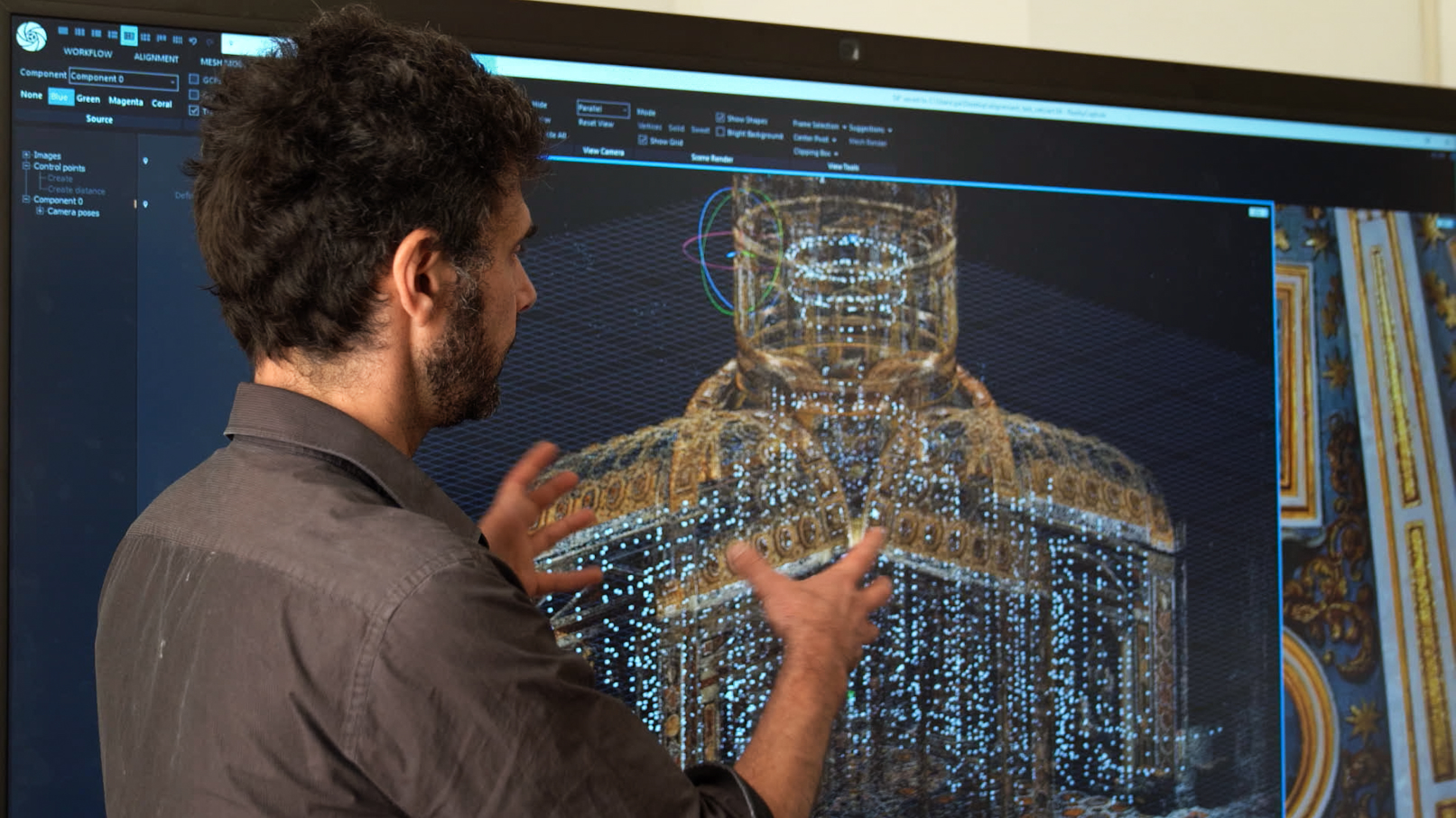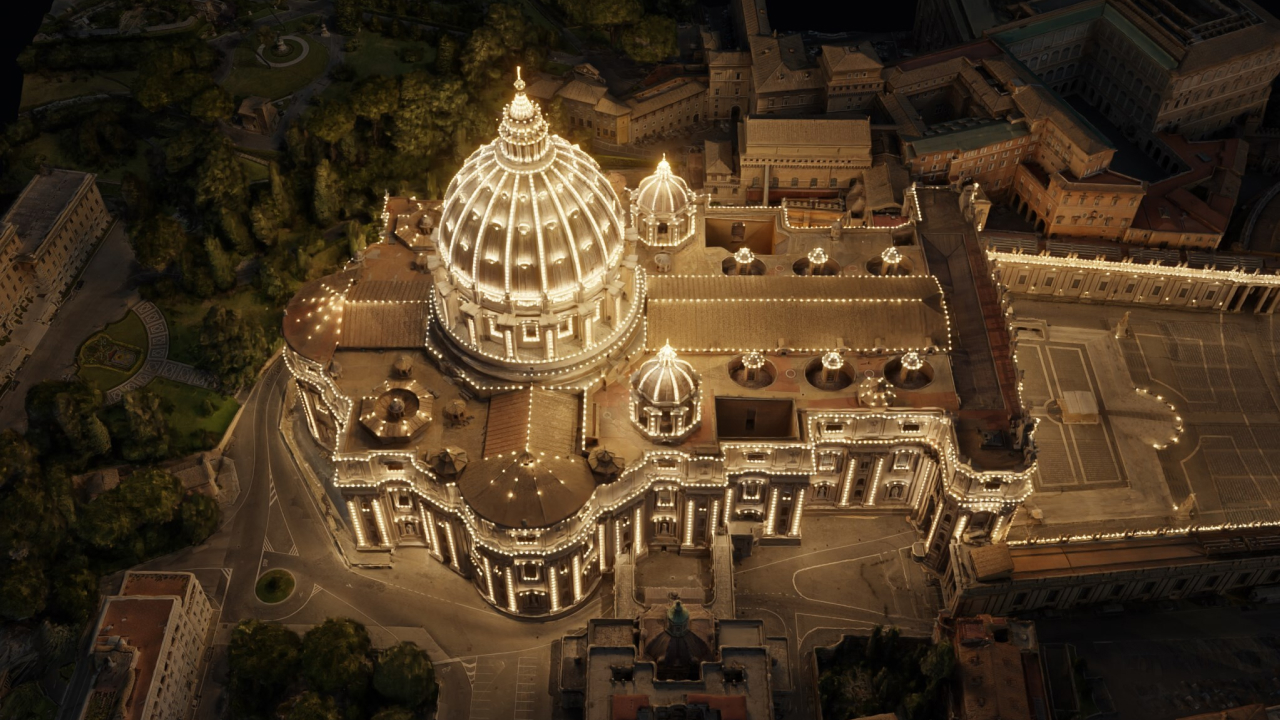La Basilica di San Pietro
Photogrammetry, AI, and digital preservation combine to create a digital twin of St. Peter’s Basilica with thousands of images, allowing visitors to explore it in detail from anywhere in the world.
Located in Vatican City, St. Peter’s Basilica is over 400 years old, and is one of the most well-known churches in the world revered for its breathtaking Renaissance and Baroque architecture. Famous architects like Michelangelo and Bernini contributed to the design of the church, which took over 100 years to complete.
Today, La Basilica di San Pietro—a collaboration between the Vatican, Iconem, and Microsoft—gives everyone full access to Vatican City’s most iconic church via AI-enabled immersive exhibits and an interactive website.
Making history
Taking photos of every detail of a massive historic cathedral and piecing them all together sounds daunting, especially in less than a month, but with AI, it’s possible. Iconem, a leader in digital preservation based in Paris, uses advanced photogrammetry and AI to create 3D replicas of the world’s most famous historic landmarks and archaeologial sites.
Andrea Louis, software engineer and Technical Project Manager at Iconem, found the La Basilica di San Pietro experience stimulating due to its size and complexity, and the many spiritual, artistic, and historical layers involved. Being inside St. Peter’s Basilica gave her and the Iconem team intimate knowledge of the church, which allowed them to develop new ways to bring visitors inside the space.
It’s like an investigation of the 2,000-year history through one unique monument.
To make the 3D version of St. Peter’s Basilica, the Iconem team took over 400,000 high-resolution images using advanced photogrammetry techniques. They spent three weeks scanning the Basilica using various devices including drones, cameras, and lasers, and Azure processed the massive volume of images collected. This data was securely backed up and stored in Azure Cloud, making it accessible to partners. Iconem then created an ultra-precise 3D model, or a digital twin of the Basilica. AI-generated imagery taken from Iconem’s photogrammetry data enhanced visualization of both the interior and exterior of the Basilica, allowing visitors to explore every intricate detail from anywhere in the world.


Bringing it to life with AI
Microsoft provided the AI tech needed to process and analyze Iconem’s vast amount of photogrammetry data used to create the digital twin of St. Peter’s Basilica. Microsoft’s AI for Good Lab contributed advanced tools that refined the digital twin with millimeter-level accuracy, and used AI to help detect and map structural vulnerabilities like cracks and missing mosaic tiles. The Vatican oversaw the collaboration, ensuring the preservation of the Basilica as a cultural, spiritual, and historically significant site for years to come.
An experience of a lifetime
In November 2024, ahead of the the 2025 Holy Year Jubilee, both the public exhibition and digital platforms of St. Peter’s Basilica will be available for everyone to see and experience in the Pétros enì exhibit. The Holy Year Jubilee occurs every 25 years as a year of grace and pilgrimage in the Roman Catholic church. During this time, Catholics are encouraged to take a pilgrimage to Rome where they can participate in ceremonies, religious events, and focus on spiritual renewal. “Pilgrims of Hope” is the theme of the 2025 Holy Year Jubilee.
The Pétros enì exhibit will give the 35 million pilgrims in Rome an immersive, in-person experience of a lifetime, and it will also help more than a billion Catholics unable to make the trip feel like they’re in the moment.
This project ultimately allows us to rediscover what is fully human and connects everyone.









